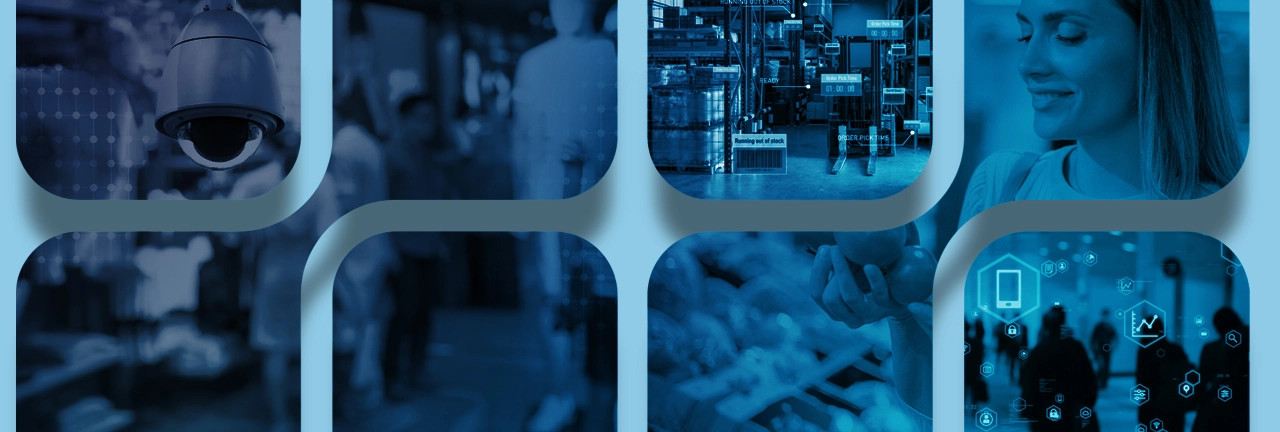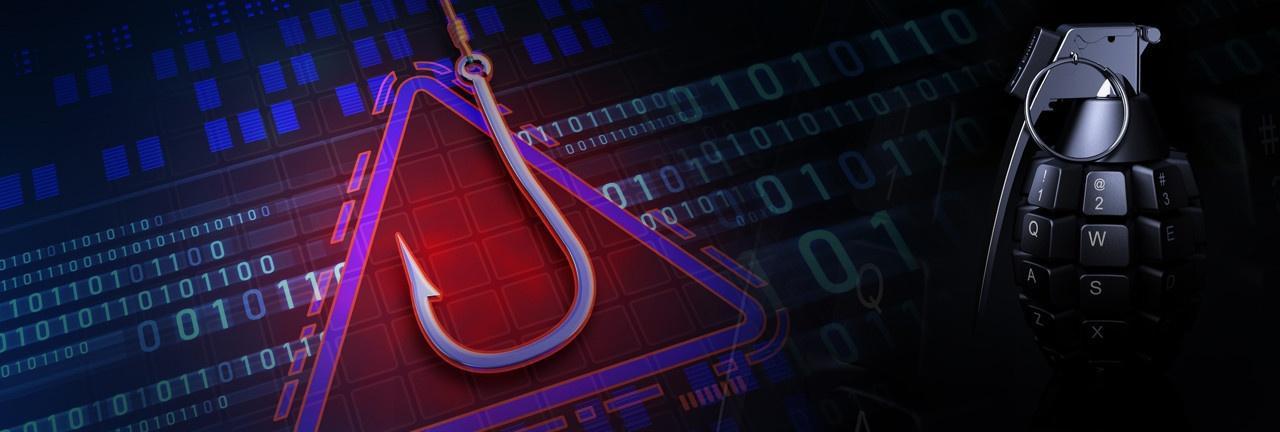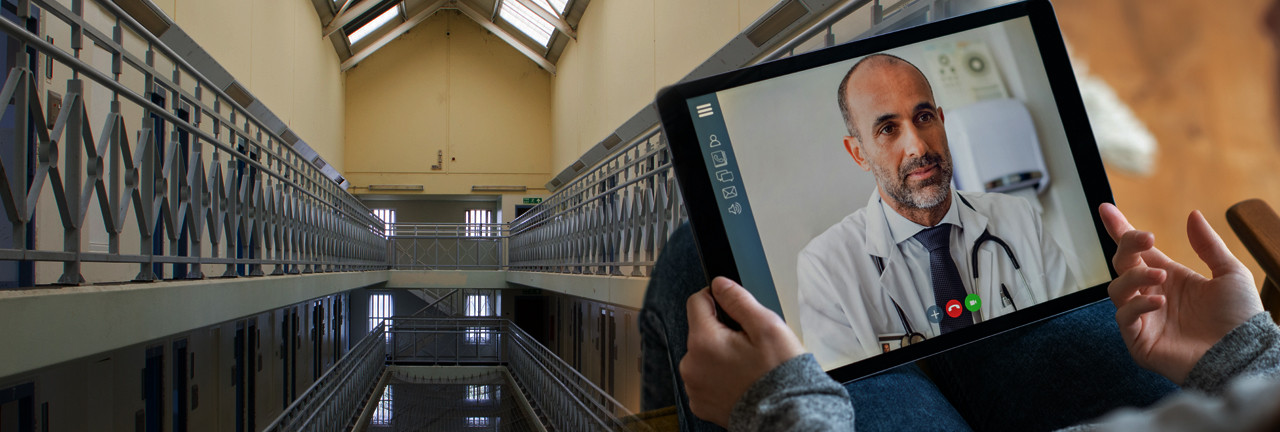Although the rise in money criminals have generated through ransomware has risen by what may appear to be a small percentage amount (approximately 2% from US $449.1 million to US $459.8 million), this is in spite of disruption caused to ransomware-as-a-service operations such as LockBit and ALPHV/BlackCat by law enforcement agencies.
The figures for the first half of 2024 include the US $75 million reportedly paid to the Dark Angels ransomware gang by an undisclosed Fortune 50 company, in what was believed to be the largest ever single ransom payment made since records began.
The ballooning size of maximum ransom payments represents a 96% year-on-year growth from 2023, and a 335% increase from the maximum payment made in 2022.
Chainalysis's research reveals that the median ransom payment made in response to the most severe ransomware has rocketed from just under US $200,000 in early 2023 to US $1.5 million by mid-June 2024.
The researchers believe that this 7.9x increase in the typical size of ransom payment (a nearly 1200x rise since the start of 2021) suggests that larger businesses and critical infrastructure providers considered more likely to agree to make higher payments due to their greater access to funds and the more significant impact of downtime.
Against this backdrop, the study claims that ransomware victims are giving in to extortion demands less often. As it explains:
Posts to ransomware leak sites as a measure of ransomware incidents have increased YoY by 10%, something we would expect to see if more victims were being compromised. However, total ransomware payment events as measured on-chain have declined YoY by 27.29%. Reading these two trends in tandem suggests that while attacks might be up so far this year, payment rates are down YoY. This is a positive sign for the ecosystem signalling that perhaps victims are better prepared, negating the need to pay.
In short, ensuring that your organisation had prepared to respond to a ransomware attack is essential.
Many organisations underestimate the importance of having a robust incident response plan. But knowing how to respond, especially in those critical first 48 hours after a cyber attack, can be critical.
Do you worry your company won't know how to recover after a cyber attack? Has your business just been hit by ransomware and you're wondering what to do?
There's still hope.
Don't make the mistake of believing that your organisation will never be targeted. The right approach is to take proactive measures in advance - as it's not a case of whether your business will suffer the likes of a ransomware attack but when.
Make sure to read Exponential-e's step-by-step guide on ransomware remediation.
Stoli Group USA, the US subsidiary of vodka maker Stoli, has filed for bankruptcy – and a ransomware attack is at least partly to blame.
The American branch of Stoli, which imports and distributes Stoli brands in the United States, as well as the Kentucky Owl bourbon brand it purchased in 2017, was hit by a ransomware attack in August 2024.
The UK government has proposed extending its ban on ransomware payments to cover the entire public sector in an attempt to deter cybercriminal attacks and protect taxpayers.
A UK firm has been hit by a £3.07 million fine after being hit by a ransomware attack that exposed sensitive data related to almost 80,000 people, and disrupted NHS services.
The UK's National Cyber Security Centre (NCSC) has warned the IT helpdesks of retailers to be on their guard against bogus support calls they might receive from hackers pretending to be staff locked out of their accounts.
We've been hearing about the impending demise of the high street for years now, ever since online shopping and click-and-collect established themselves as part of our day-to-day lives. And yet, while brick-and-mortar retail has certainly been through a great many challenges and upheavals, it doesn't show any sign of going away quite yet. Rather than simply expecting customers to be content with previous generations' shopping experiences, the sector has demonstrated considerable ingenuity by taking full advantage of emerging technologies to deliver the kind of personalisation that would previously have been the sole preserve of online platforms.
The finance sector is required to have one of the most sophisticated cyber security postures in the world, with bureaus, banks, finance companies and insurers working closely with their technology partners to ensure sensitive financial data is managed, stored and transferred, with a stringent range of international security standards that must be adhered to at all times. However, cyber criminals have demonstrated repeatedly that they are constantly working to breach even the most sophisticated security ecosystems, devising new ways to exploit both technological vulnerabilities and human error.
Passwords are often more associated with individual and consumer cyber security, but they are an essential part of an organisation's overall security posture. For example, you wouldn't leave the windows open overnight as this would allow easy access into the building for thieves. In the same way, a weak password offers cyber attackers easy access to your corporate infrastructure, after which they can use these credentials to escalate permissions until they granted themselves administration privileges, at which point the risk of financial and reputational damage becomes truly serious!
In a heightened cyber threat landscape - where ransomware attacks are increasing in frequency and sophistication - and having weathered the challenges of COVID-19 and the resulting move to hybrid working, the Finance sector is still continually challenged to demonstrate to its customers that critical services will remain available no matter what, and that sensitive financial data will remain fully secure at all times.
The UK's Legal sector must contend with some of the most stringent compliance and data protection obligations in the current digital landscape. For many years, this has hindered the progress of digital transformation initiatives within firms, but in recent years, in order to meet the challenges of COVID-19, many firms have seized the opportunity to modernise cumbersome legacy systems and develop cutting-edge IT infrastructure that enables their staff to work more flexibly.
In spite of the ongoing evolution of cyber security processes and technology, human error is still responsible for 95% of data breaches1. Phishing attacks alone represent a particularly insidious risk, with 91% of organisations experiencing a successful attack in 2021 alone2.
In light of recent geopolitical events, and the increased threat to corporate infrastructure, organisations across the UK must assume that they will be forced to contend with a cyber-attack in the near future and prepare accordingly. Indeed, the NCSC has already set out its own guidance to help organisations bolster their defences, which we strongly advise you to read and implement.
For some years now, Cloud adoption has been steadily on the rise across the UK's Finance sector, with organisations including banks, insurers, and investment firms phasing out increasingly cumbersome legacy systems in favour of more scalable, agile, and cost-effective infrastructure. Indeed, more than 48% of UK banking services are now built on Cloud infrastructure.
Manufacturing workflows are evolving at an unprecedented rate, and the trend shows no signs of slowing down. The increasing effectiveness and affordability of 'smart' technologies and the Internet of Things means IT and OT are increasingly interconnected, with increasing volumes of data flowing between sites and devices on an ongoing basis.
Like many fixtures of our lives, Britain's pubs were heavily impacted by COVID-19, with their familiar patrons unable to come in for a post-work drink, or meet with friends at the weekend. But while it was undoubtedly a difficult period for the industry as a whole, this great British institution did as it has always done, and adapted to suit its patrons' evolving requirements.






















